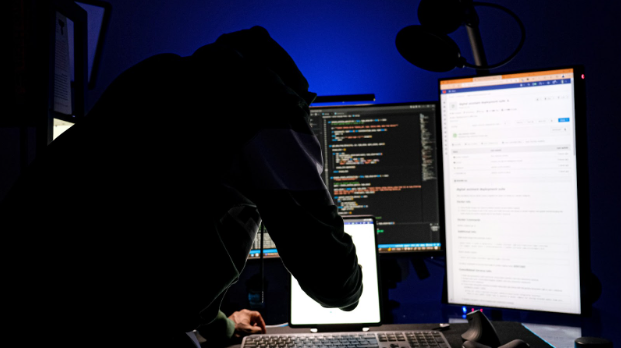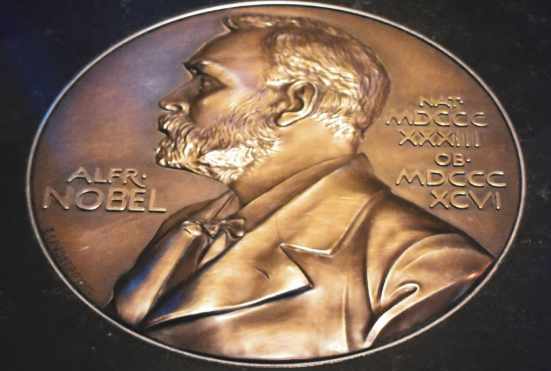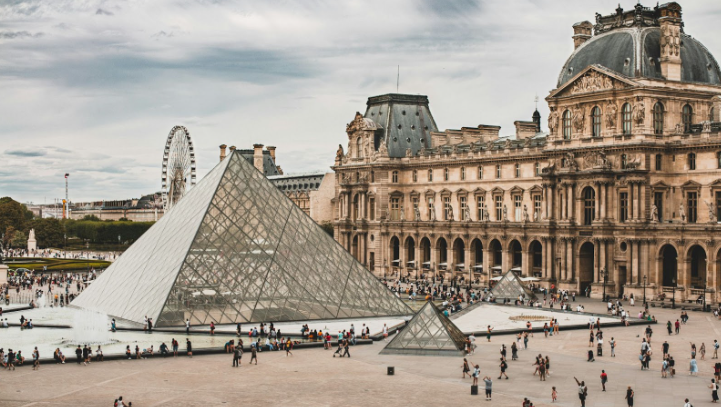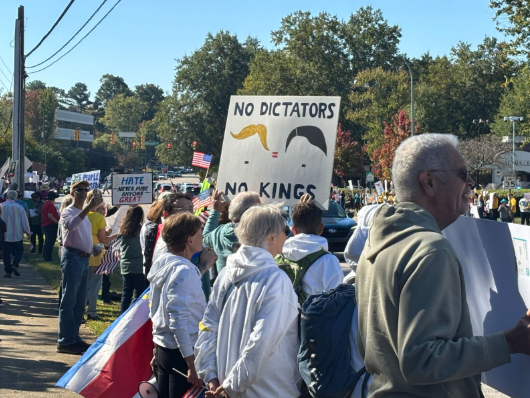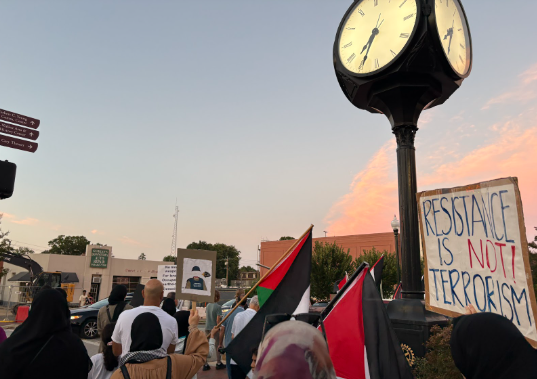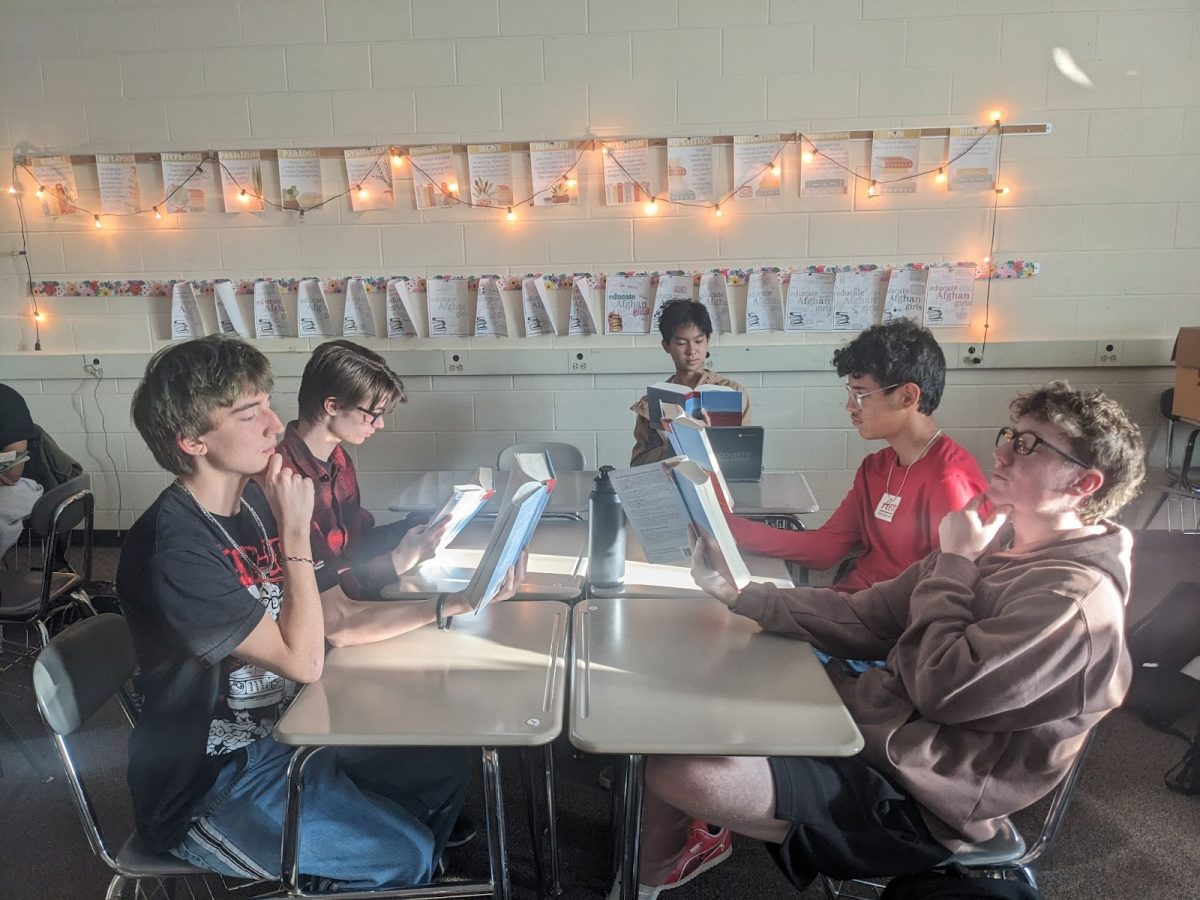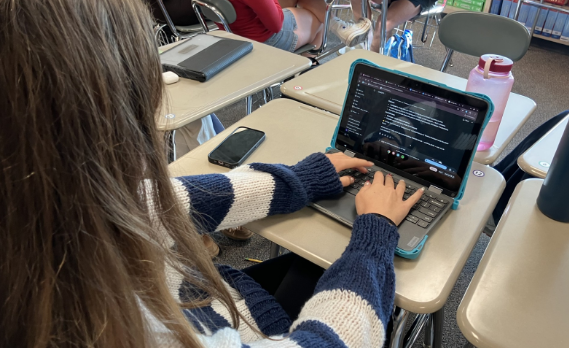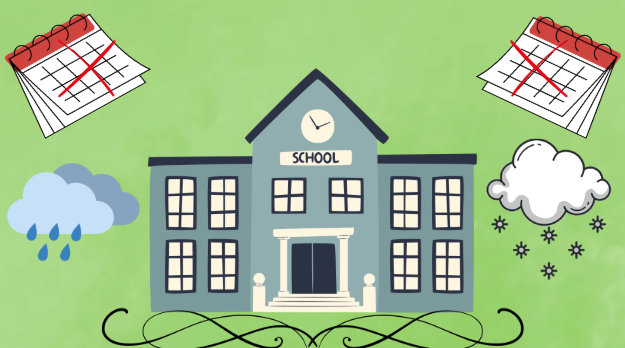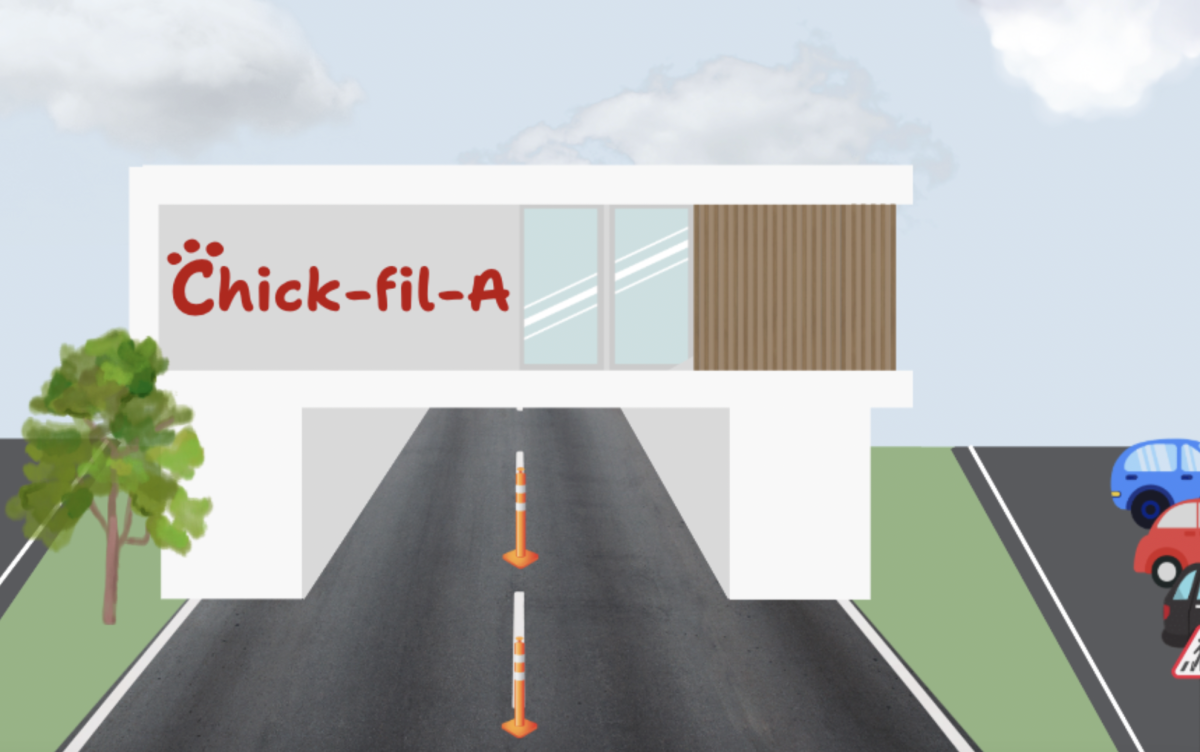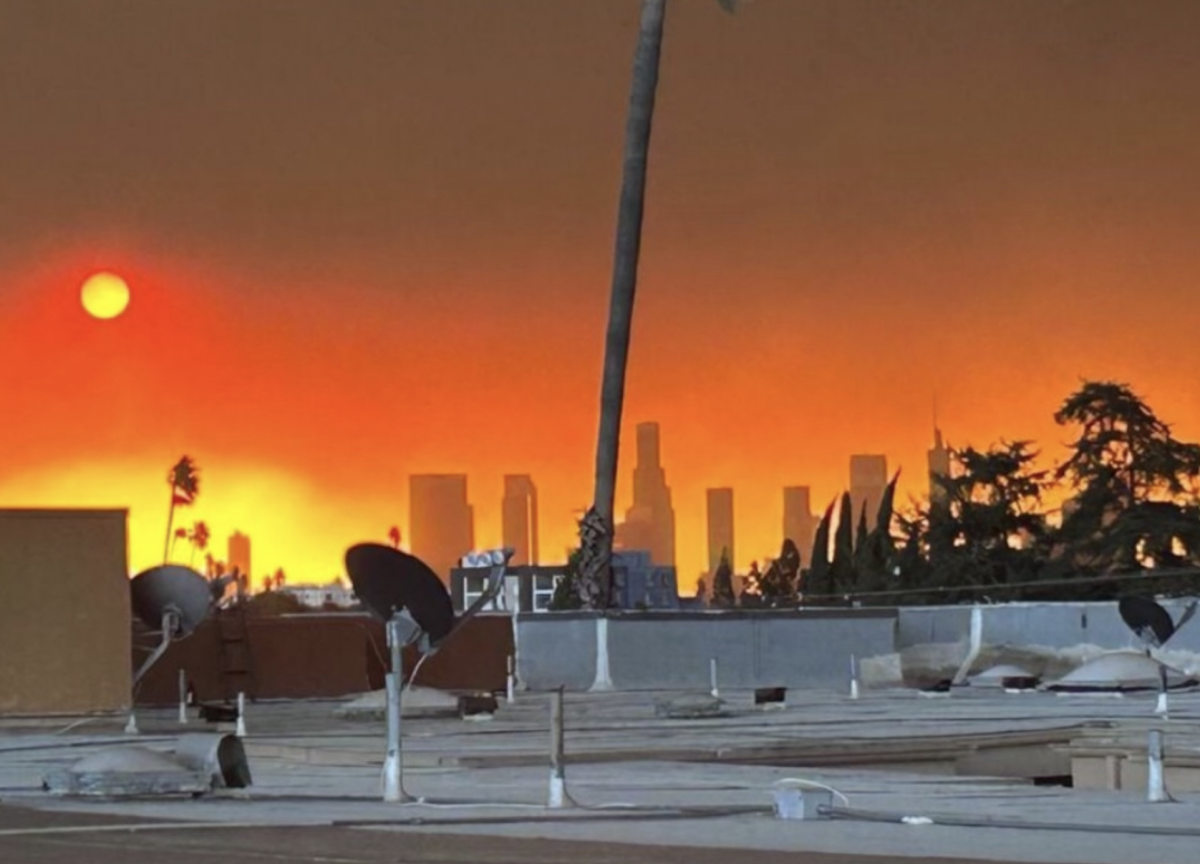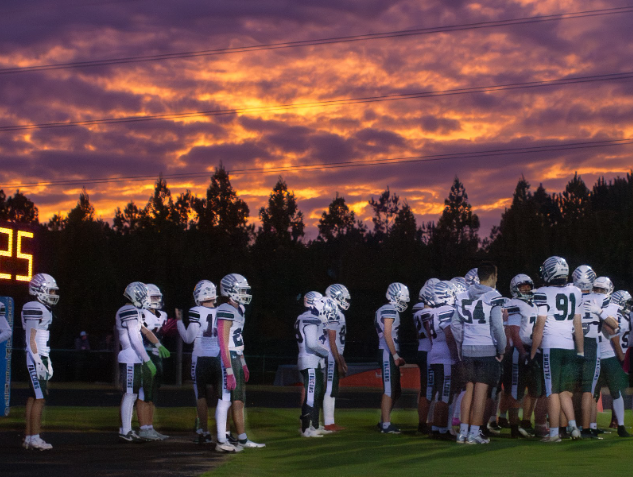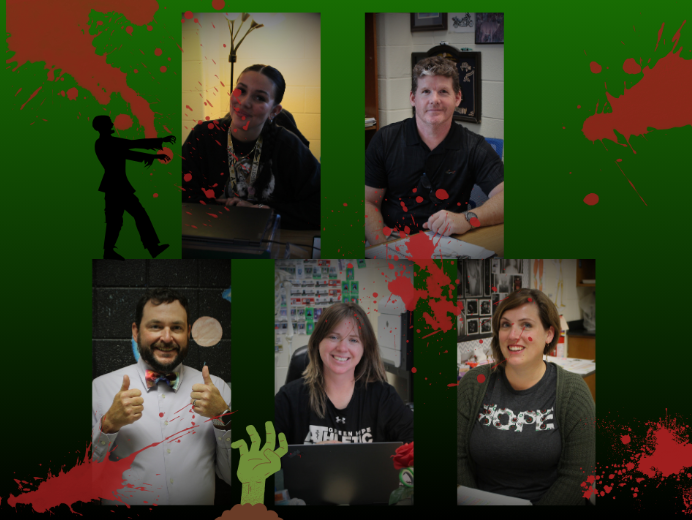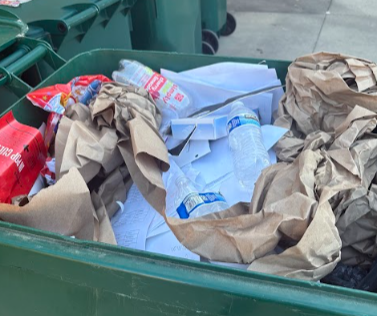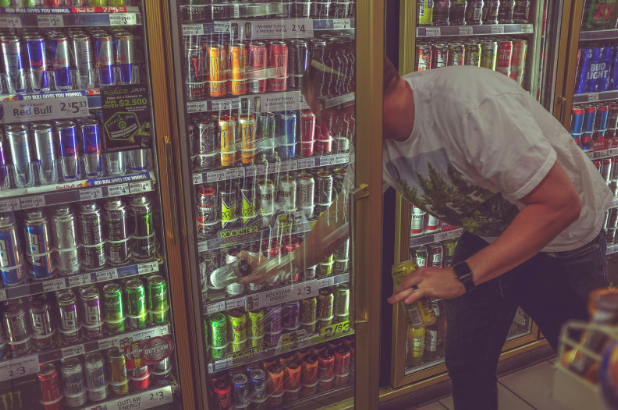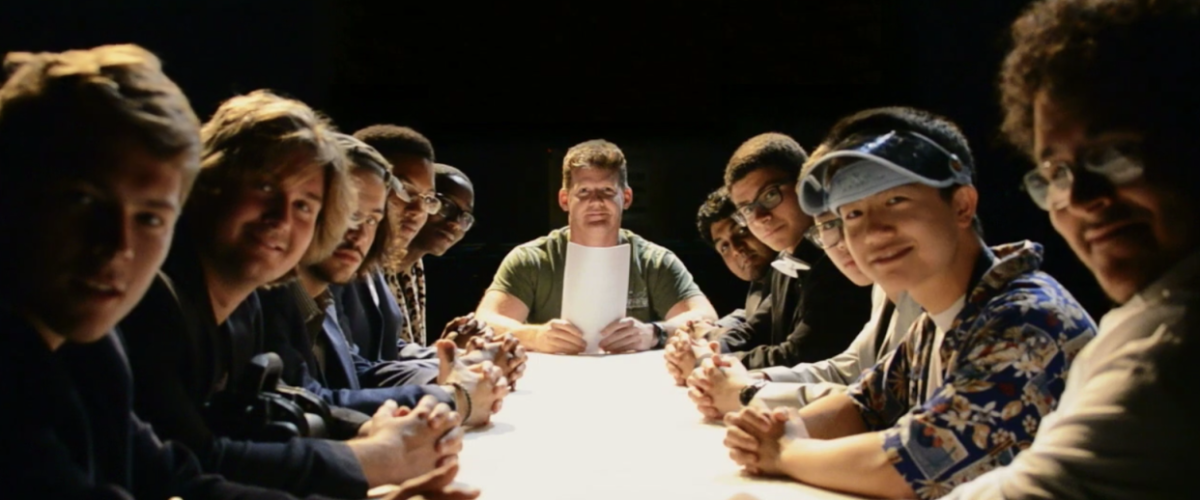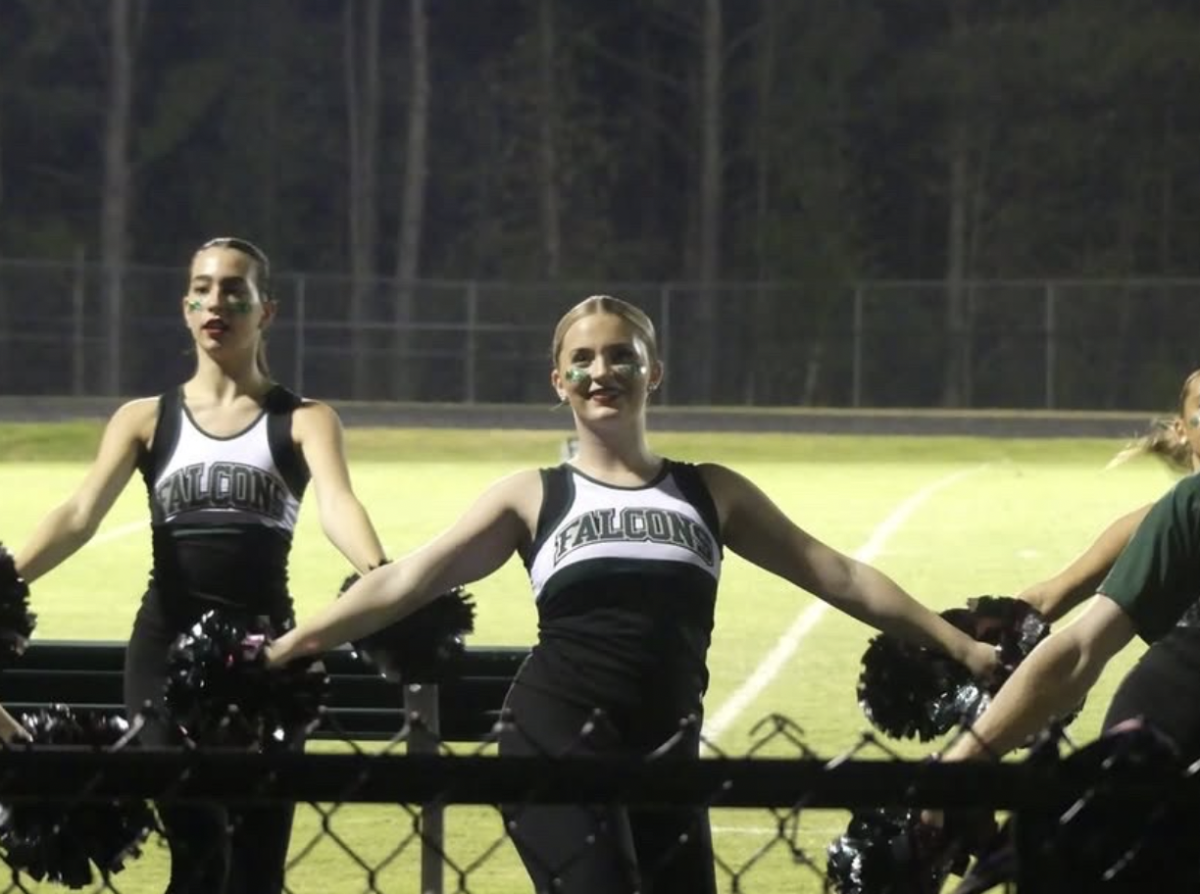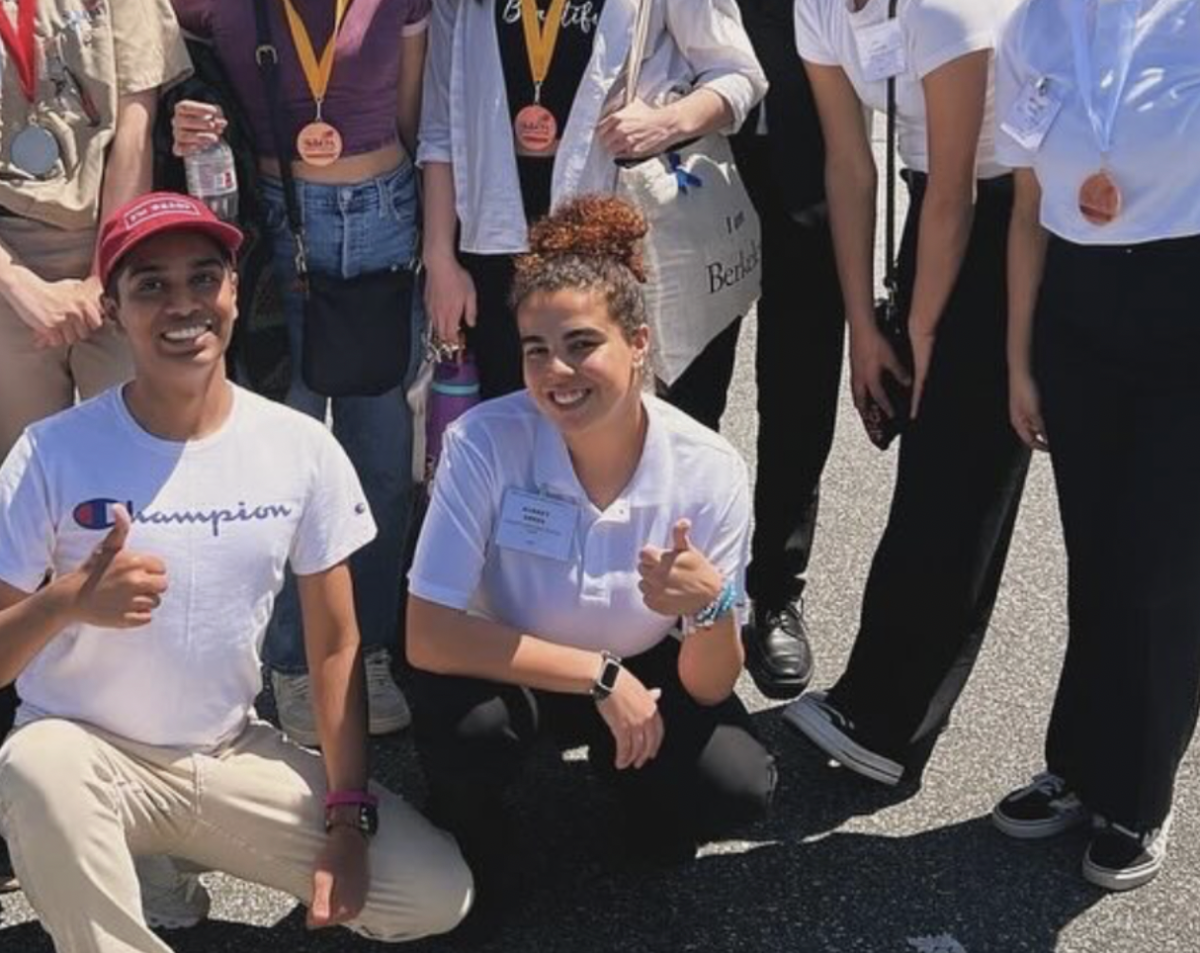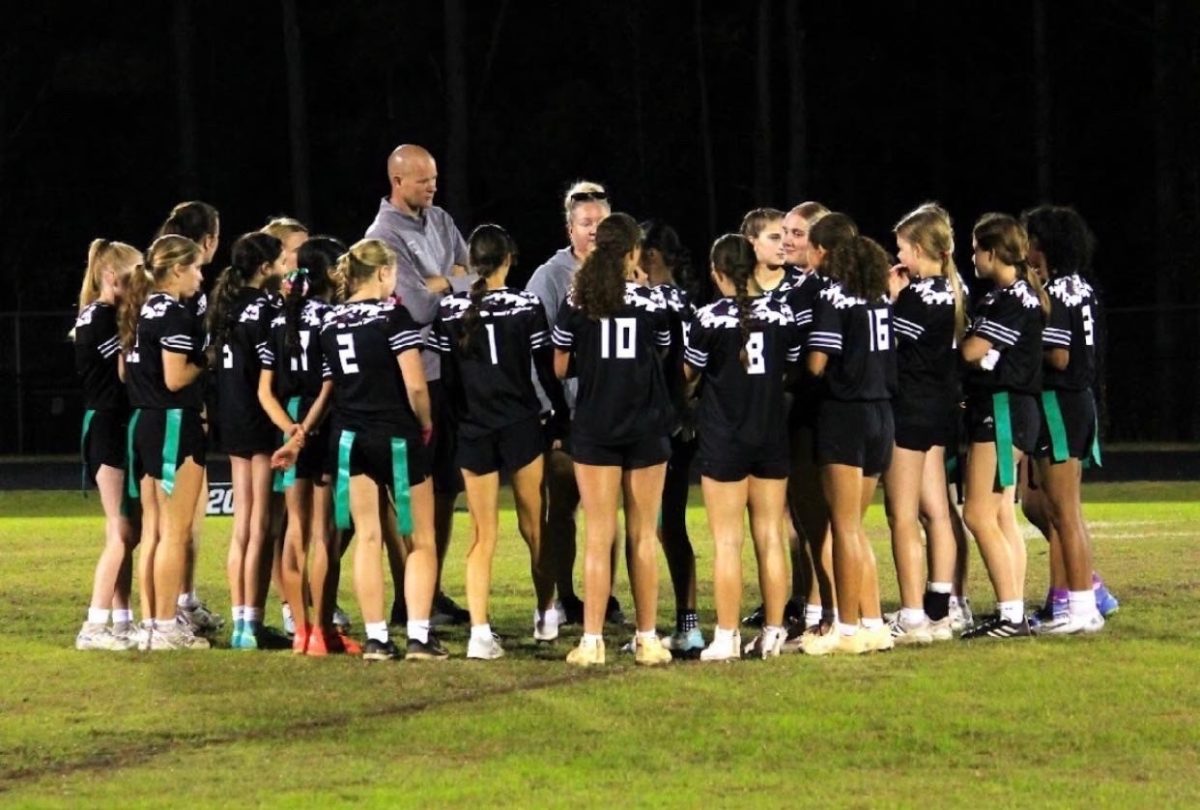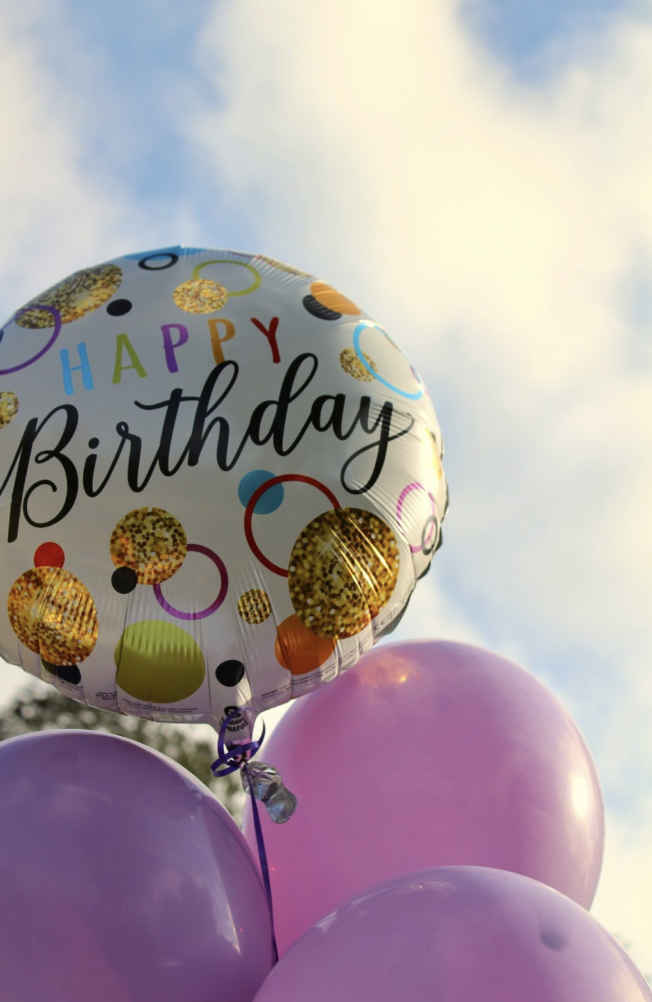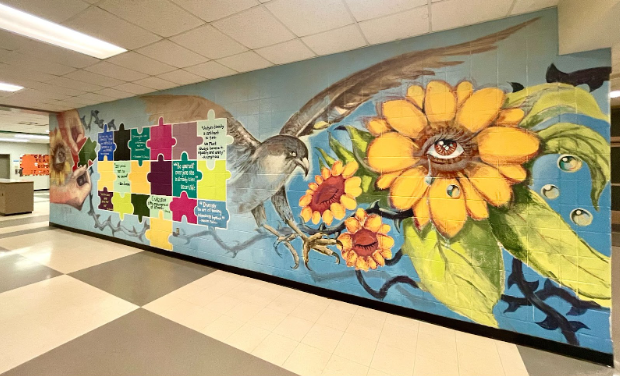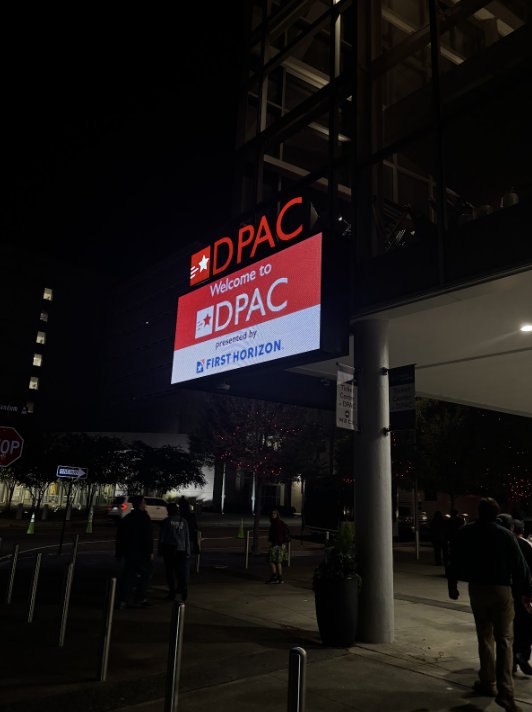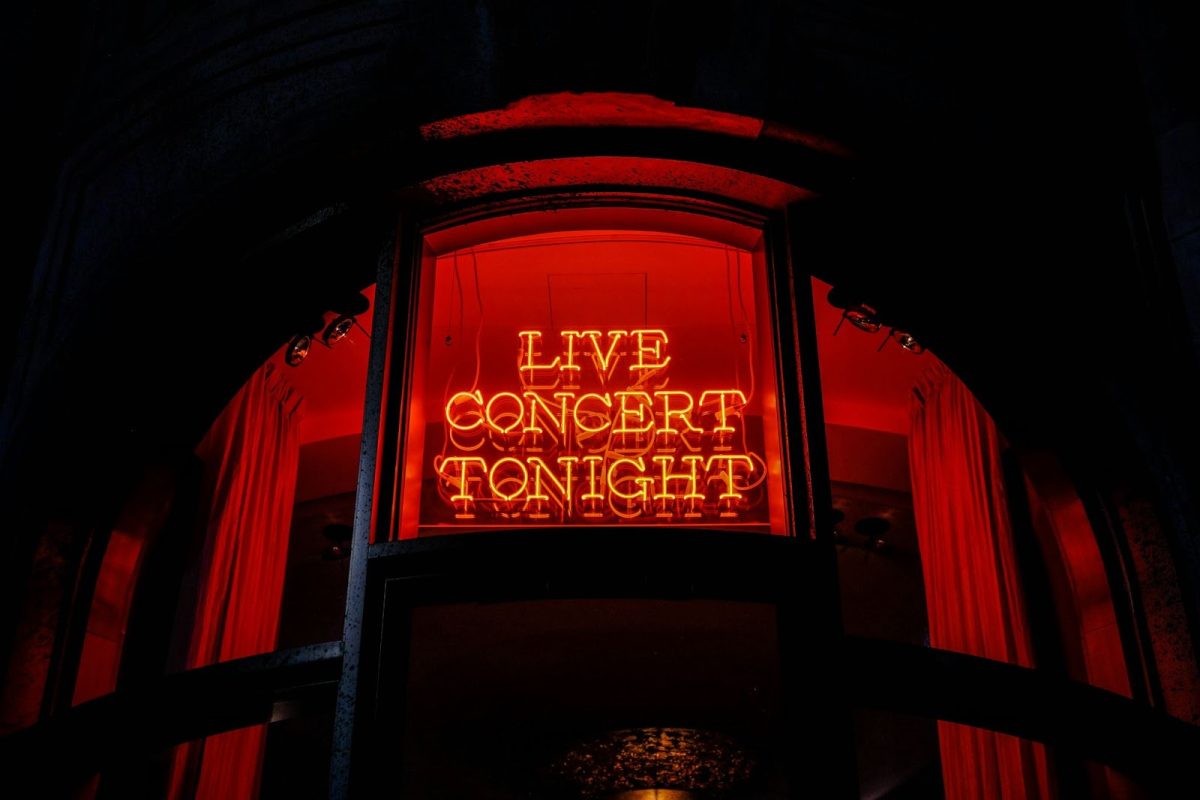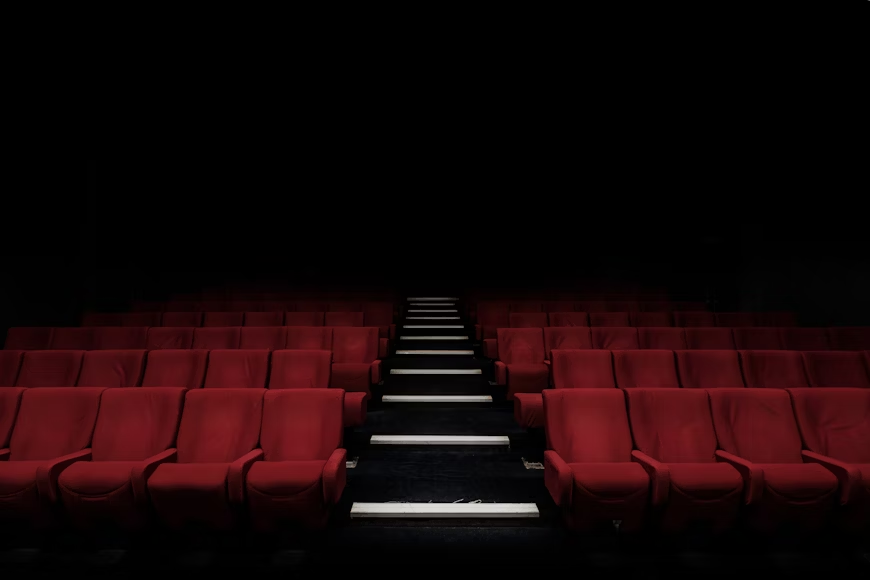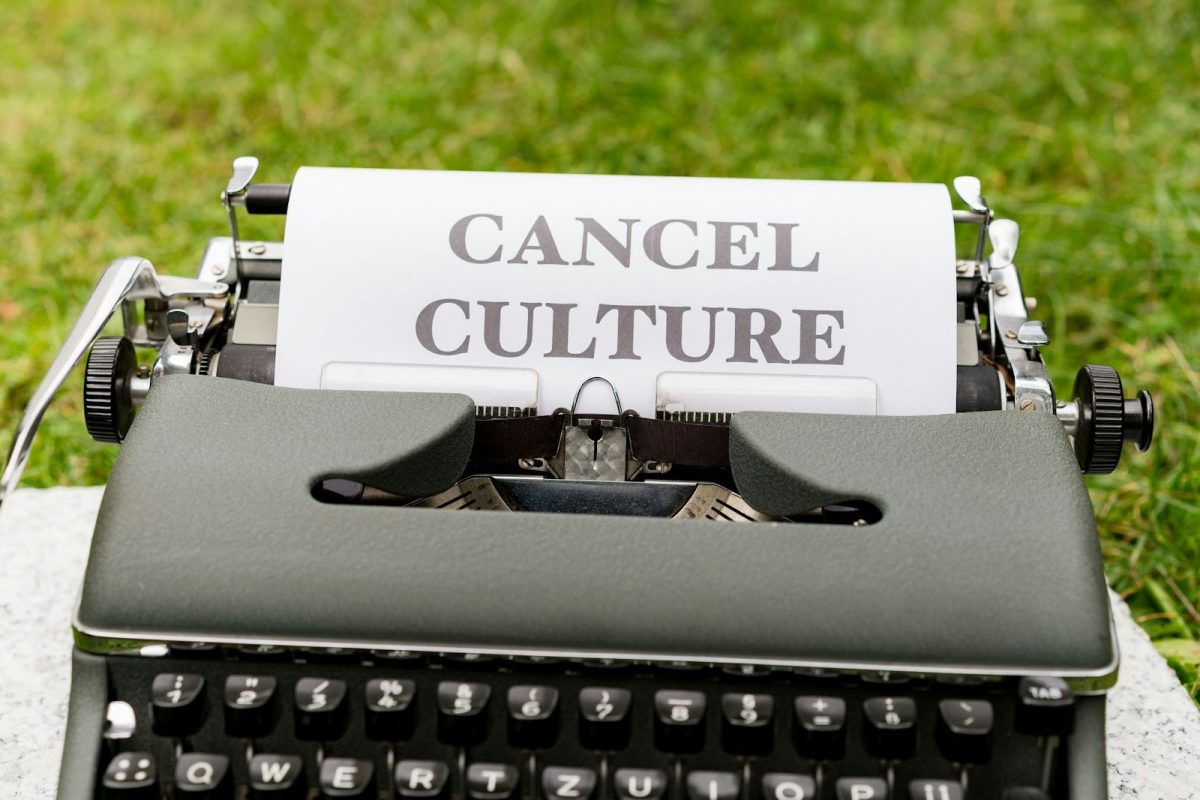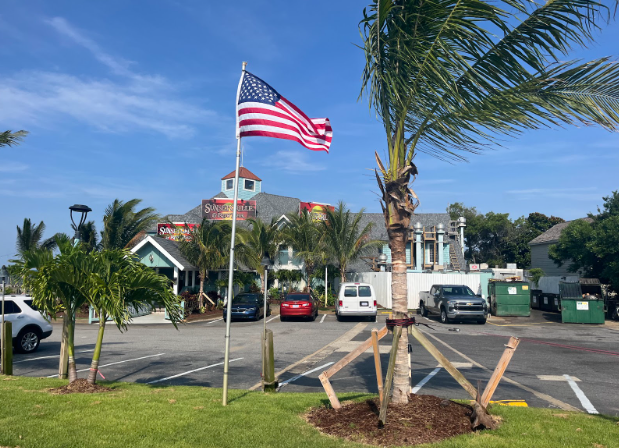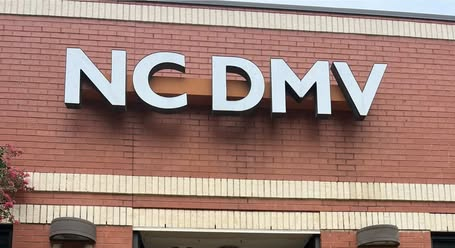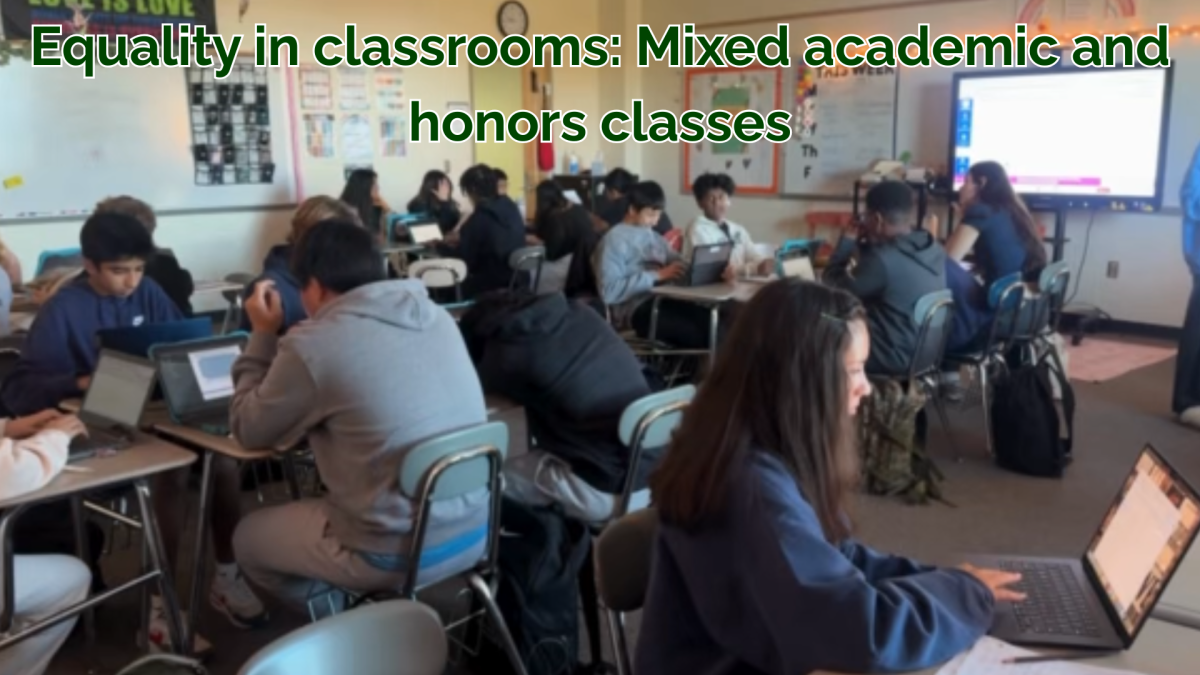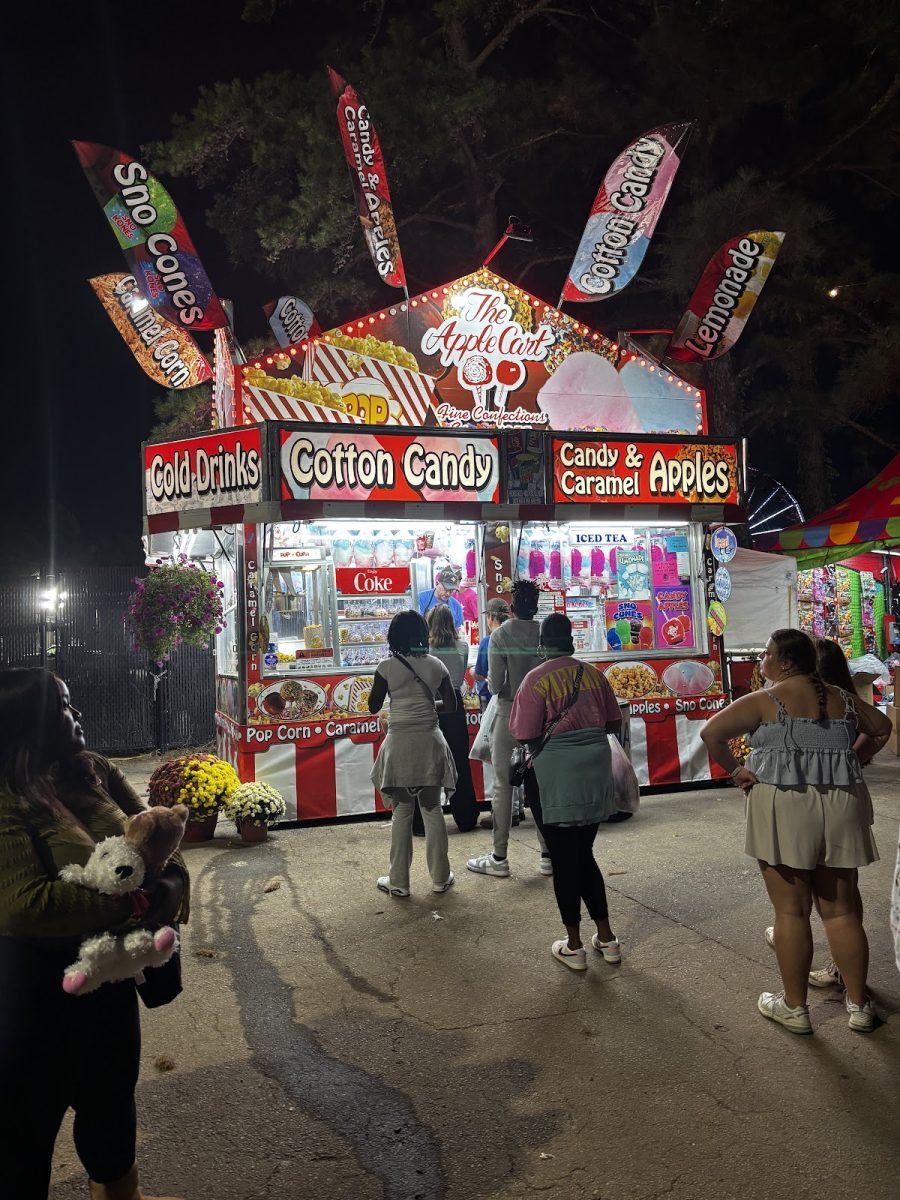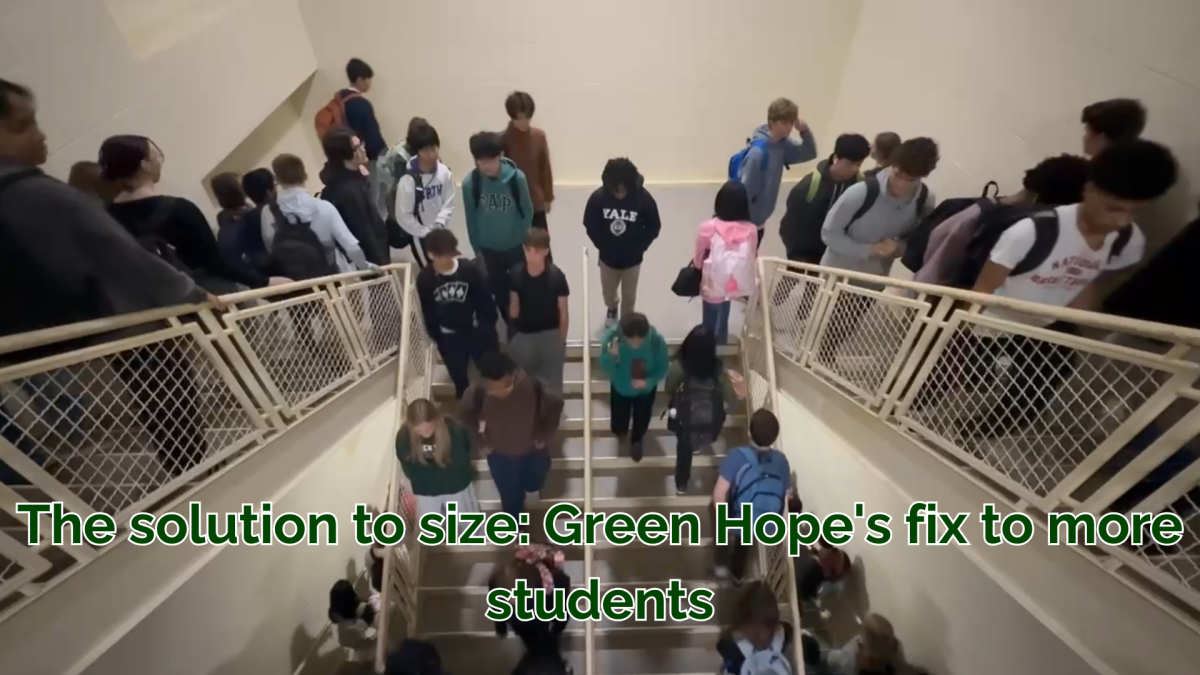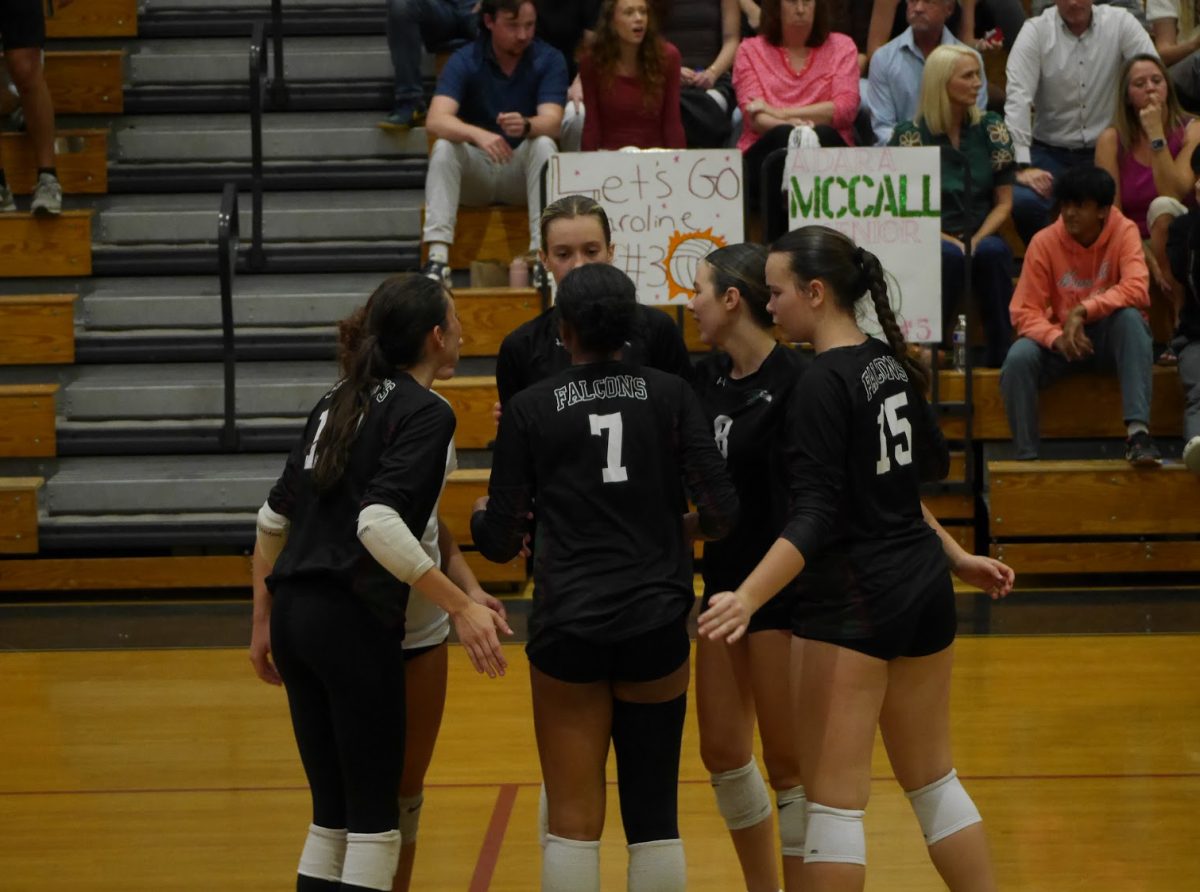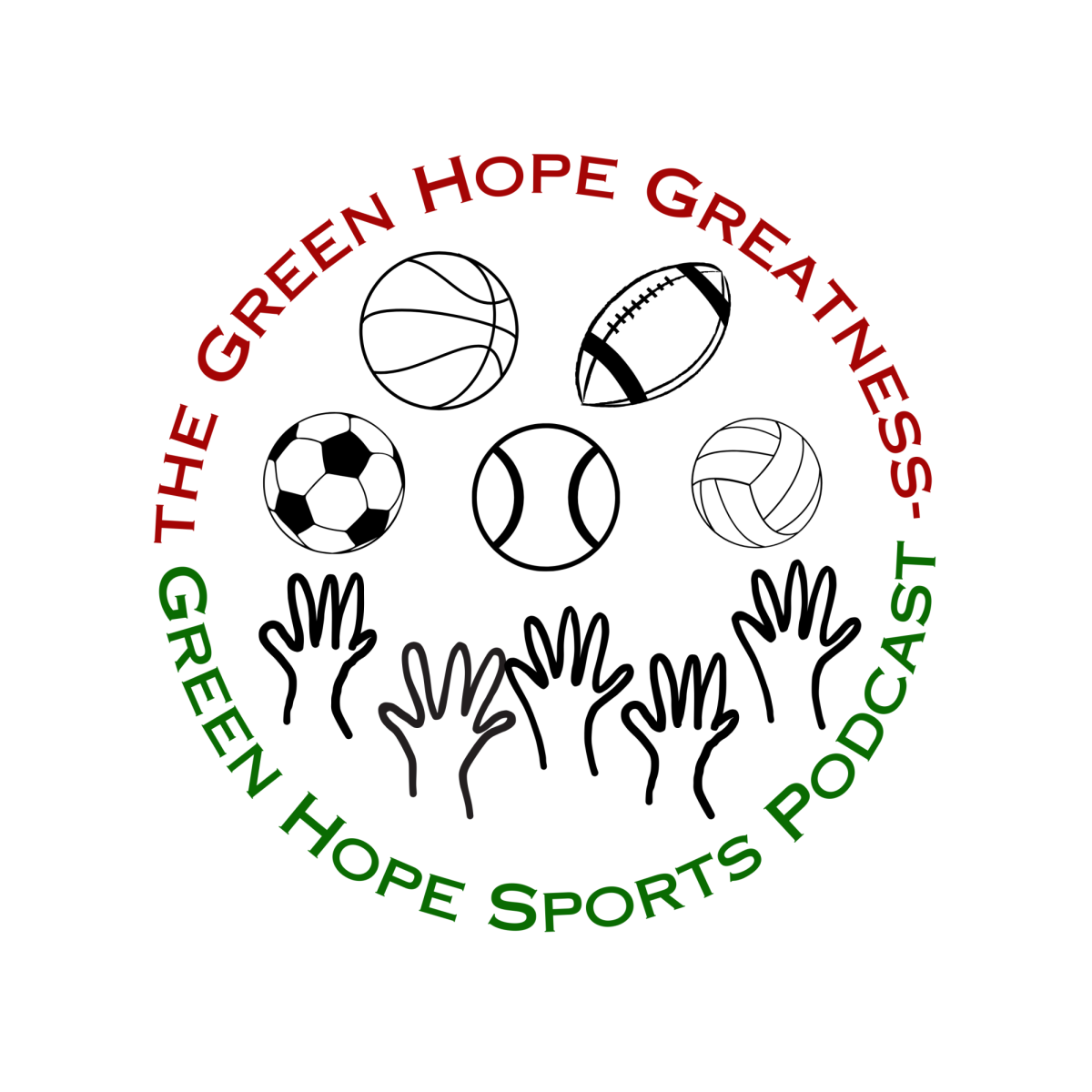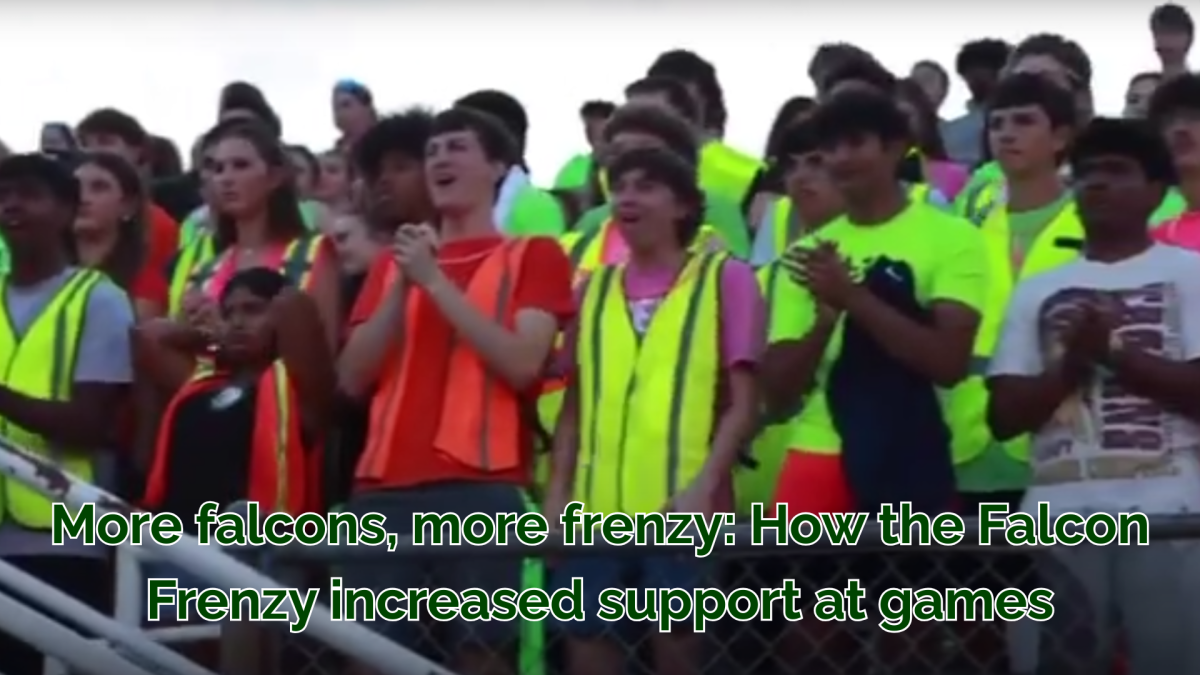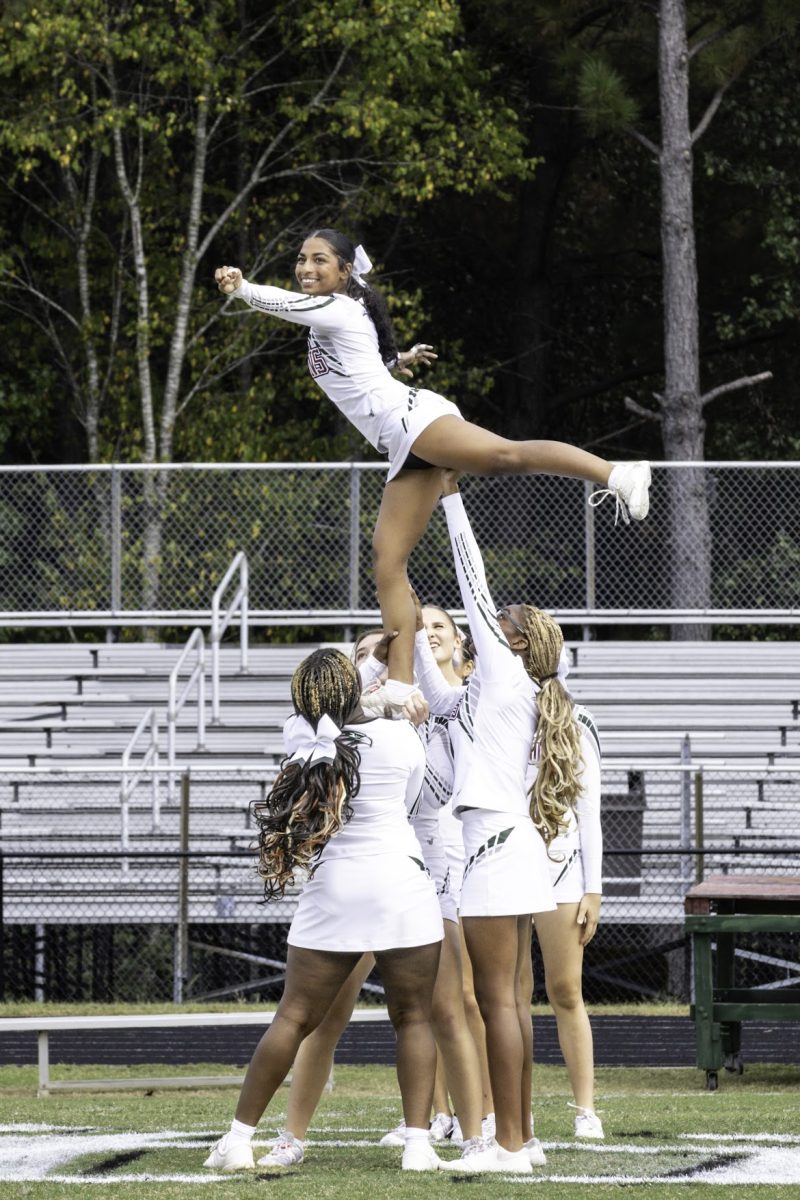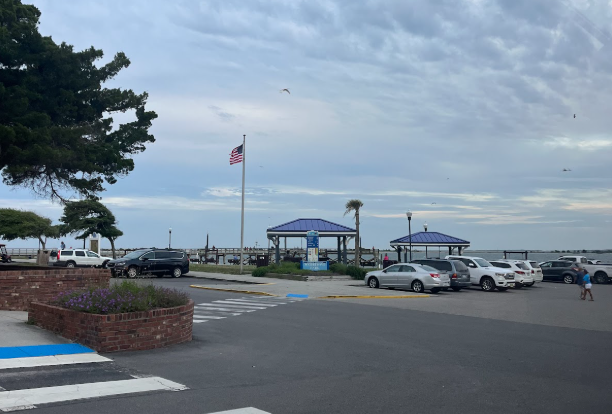Twitter was a platform designed for unfiltered conversation and instantaneous updates. For many users, its biggest appeal was the open speech and debate it offers. However, in recent years, it has transformed into a digital free-for-all where misinformation and harassment trample true discourse. Many claim that the app increases feelings of outrage, boredom and polarization. So why has twitter become so toxic?
Shortly after Twitter was changed to X in 2022, several key pillars of the platform were transformed. Moderation policies aimed to curb hate speech were rolled back. The blue checkmark indicating verification, previously reserved for public figures and brands, is now available for anyone to purchase regardless of if their account is authentic or not. The Trust and Safety Council, composed of dozens of human and civil rights organizations, was also dissolved.
These significant changes have led to an increase in user vulnerability as there aren’t as many policies to damp down hate speech and no council to address safety concerns. High profile users, such as politicians and celebrities, are common targets for online abuse and harassment. However, even everyday users can be subject to badgering and harassment online.
Rather than addressing the root of the issue, twitter has added features like filtering, muting and blocking. This places the burden on the victim, who has to shoulder the responsibility of managing their experience with harassment on twitter because the platform lacks proper safeguards— a task that can be mentally taxing.
Additionally, cancel culture— the act of calling out and withdrawing support of a public figure or company— is prevalent on the platform. While there are times where public accountability is justified, one mistake or controversial opinion can snowball into a viral outrage on Twitter, with little room for honest conversations or forgiveness.
This can lead to dogpiling, where thousands of people flood a user’s comments and messages with hateful comments. The outcome of this is rarely productive dialogue or growth, but rather mental health consequences and ruined reputations. Many celebrities, such as Stephen King and Elton John, have left twitter due to this problem. Gigi Hadid called the platform “a cesspool of hate and bigotry.”
Cancel culture is amplified by the circulation of misinformation on twitter. The structure of the app makes it easy for misinformation to go viral, facilitating the spread of rumors. Tweets can be broadcast to thousands in a matter of minutes, often without any fact checking.
Conspiracies, edited photos and videos can stir feelings of panic. During important events like elections, public health emergencies or protests, this can be dangerous. Manipulated media has the ability to depict false images of people, causing public backlash over something that didn’t happen.
Twitter has started to put warnings on misleading posts, but the rapid speed that content travels often outpaces the platform’s ability to moderate it. The app’s design rewards controversy, motivating many to post problematic or divisive tweets in hopes of going viral. Opposing viewpoints are mocked and attacked instead of engaged with in a beneficial way.
This raises this question, is Twitter a bastion of free speech or a breeding ground for negativity and extremism? Balancing free speech with the need to suppress hate speech, misinformation, and intimidation is complex, but there is a fine line between protecting First Amendment values and enabling dangerous conduct.
Twitter has potential to be a platform where activism and marginalized voices can thrive. But unless an equilibrium between freedom of speech and user safety is found, the dark side of Twitter will continue to overshadow its intended purpose.


